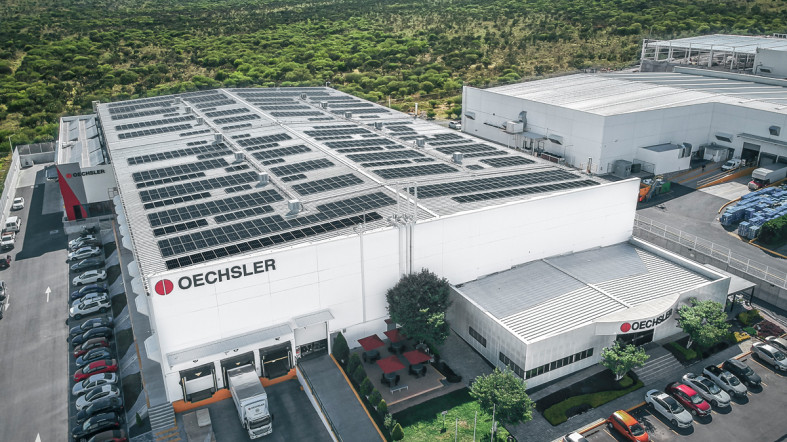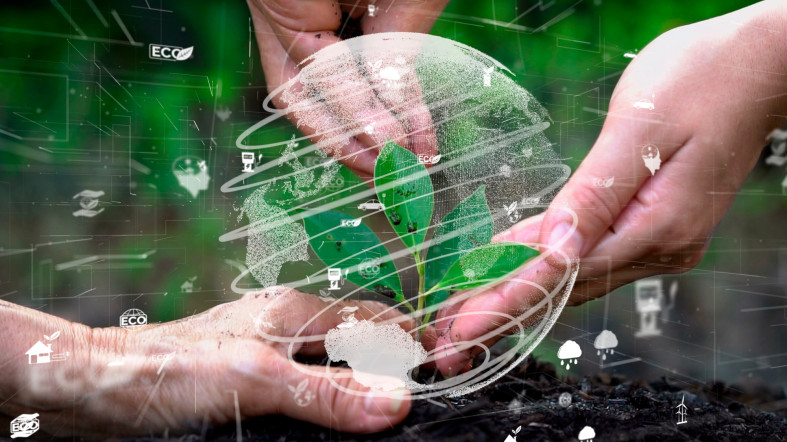Ok, so what this #SUSTAINABILITY actually means?
For many people around the industry it is just a simple buzzword which somehow relates to ecology, but it is more than that.
#Sustainability
is the process of living within the limits of the available physical, natural and social resources in a way that allows us to live forever.
Different organizations, companies, individuals create long term plans to achieve their sustainable development goals in these areas. They recognize the value of green buildings and sustainability as part of their responsibility to more than just the bottom line. Green or sustainable practices within commercial buildings produce healthier and more resource-efficient models of operation and maintenance.
Someone said that the most sustainable building is a building that has not been built yet, but also that the building doesn’t have to be new to be efficient.
What is more retrofitting an existing building can oftentimes be more cost-effective than building a new facility, and since the number of existing buildings outnumbers the new construction projects, at the end retrofits can produce outsized environmental impact as compared to a focus solely on green design and construction practices.
How to retrofit for sustainable building?
First of all, before making any major investment in the retrofit of existing buildings for energy and sustainability improvements, it is important to determine if the investment is worthwhile in perspective with other building conditions. Second, investigate the pros and cons of such a decision, as the ROI is not always the major driver of it.

The most common areas of retrofit are:
-
LED retrofits straight forward mechanism for generating measurable ROI for energy efficiency in a building.
-
Roof Photovoltaic (PV) System – PV systems convert sunlight into electricity and are one solution to harnessing energy from the sun. Electricity generated by PV systems is 15 times less carbon-intensive than electricity generated by a natural gas plant and at least 30 times less carbon-intensive than electricity generated by a coal plant.
-
Operations and maintenance optimization – sustainable building can only remain so if it is operated responsibly and maintained properly. Operations and maintenance (O&M) personnel perform best when they operative proactively rather than reactively.
-
Building Automation System (BAS) – usage of a system that collects data from sensors, and devices across the building in order to control them in the most efficient way and provide online feedback to the users. Real time visibility to energy consumption is a key to make data driven decisions.
-
Waste management - adopt a systematic method to assess the overall use of resources; seek waste reduction, reuse and recycling opportunities.
-
Water efficiency - the keys are reduction of indoor potable water usage and reduction of water consumption to save energy and improve environmental well-being, through usage of technologies like: rain water harvesting, grey water recycling, pressure reduction, cooling towers or low flow plumbing fixtures.
-
Green roof - represent specialized roofing systems that support vegetation growth (e.g., grass, plants, flowers, bushes and other greenery) on rooftops, it can reduce site level stormwater runoff, lower a building’s cooling/heating energy demand, and reduce the urban heat island effect from the building.
-
Public visibility and engagement - every conservation program that can be envisioned, will be amplified when building occupants become partners in your Green initiatives.

We always recommend to check if the existing systems are operating at optimum levels before considering replacing existing equipment with new higher efficiency equipment. This can be accomplished by performing an energy audit. Sometimes, considerable savings in utility costs can be gained by evaluating the performance of the building envelope and existing systems: leaks, clogged/dirty filters, stuck dampers, disabled sensors, faulty or incorrect wiring, or even lack of knowledge on how to properly operate and maintain equipment can all contribute to inefficiencies and increased costs. Audit the performance of the building‘s water systems as well; since leaking and inefficient systems not only waste water, they also use energy by needlessly running pumps and other electrical equipment.




